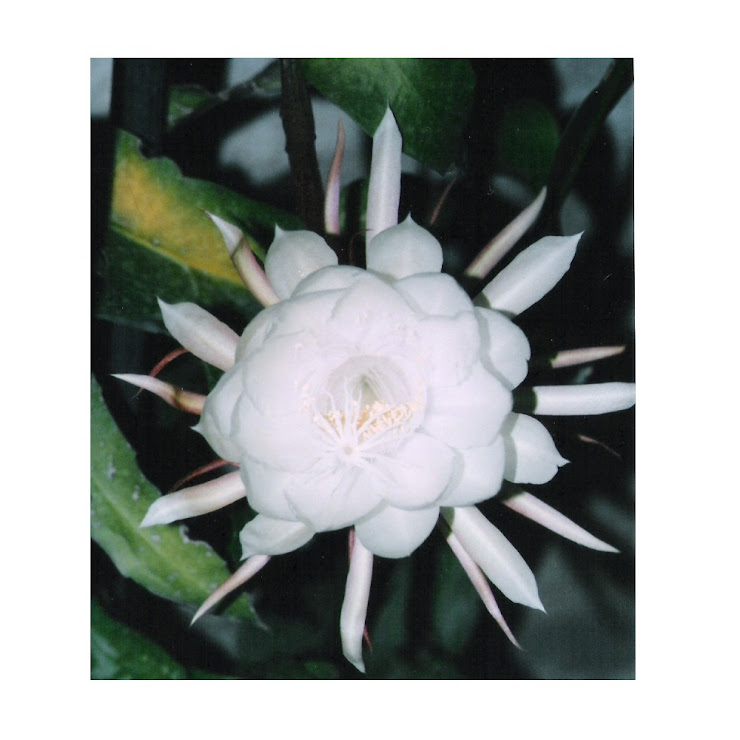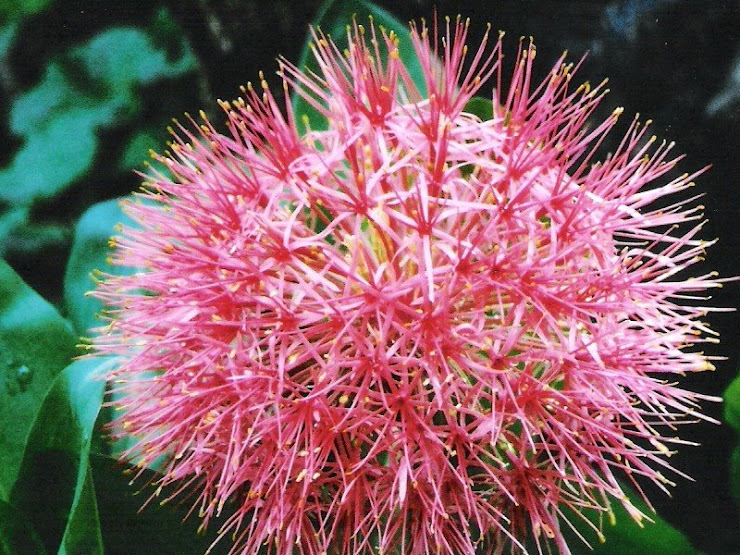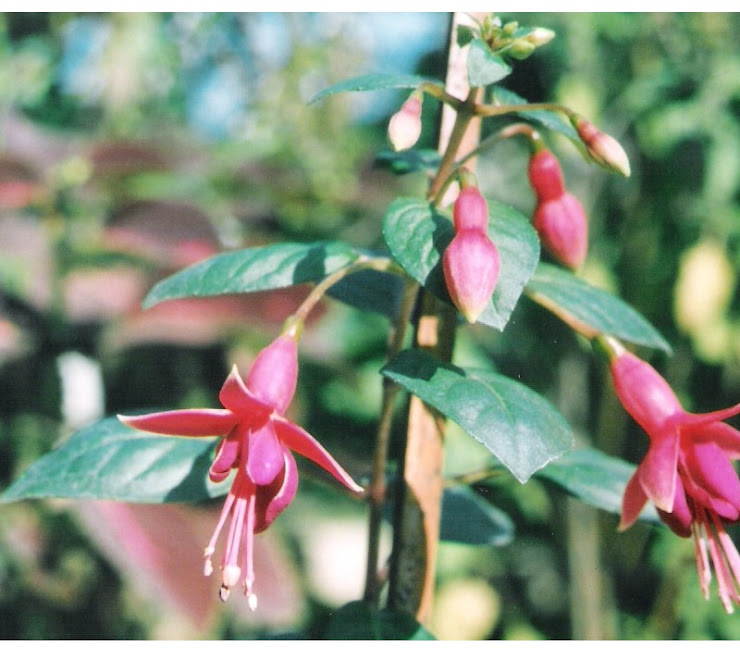

FRUIT PLANTS - PROTECTION MEASURES
With the advent of spring the flowers bloom and there is a smell in the air of winter drifting away to give way to the sunny summers. It is during this period that most of the fruit growing plants and other seasonal plants sprout and to the grower it spells a good crop with a bountiful harvest.
With the warming climate the pests also become active and during the months of the February-March these can spell ruin for the plants’ that at this period are either at the flowering or fruit setting stage. Any adverse affect at this stage can reduce the yield of the crop. The effect is more on fruit plants like mango, guava, pear, peach, grapes and all the citrus varieties.
The grower must control these pests at this stage so that there is least damage to the flower buds, the blooming flowers and the tender foliage.
The crop wise pests and the method of their control is given below:
MANGO (49 plants per acre)
Mealy Bug – It damages both the flowers and the young fruits during February-April. During this period the young nymphs crawl up the trees and attack the new growing shoots and panicles. The easiest management of this pest is to dig the soil around the trunk of the plant and turn it over three four times so that the eggs of the pest get killed due to the sun. This pest has the crawling habit and it can be discouraged by covering the lower portion of the trunk unto 2-3 feet with a polyethylene sheet that is wrapped around the trunk and tied at both ends. At the bottom end about 6 inches of it should be buried under the earth so that the pest cannot crawl beneath it.
The application of Methyl Parathion 50 EC (Kildot, Ekatox, Folidol or Metacid) at 50 gm per plant is also recommended.
Mango Hoppers – This pest is responsible for maximum damage to the mango crop. The nymphs and the adults both suck the sap from the tender leaves and panicles, which become sticky and sooty. The summer winds make the young fruits as well as the dried up flowers to fall. This can be controlled with the application of two sprays of the pesticide one in February end and the second in March end. The recommended spray is of Carbaryl 50 WP (Hexavin, Sevin or Kildryl) 10 gm or Malathion 50 EC 10 ml or Endosulfan 35 EC (Thiodan) 10 ml in 5 ml of water per plant.
Mango Scale – During March sometimes there is an attack of Scale inflicting the leaves by sucking the sap. This infection can be reduced by spraying Methyl Parathion 50 EC 5 ml or Basudin 20 EC (Diazinon) 25 ml in 10 liter water per plant.
Stem Borer – It destroys the tree by tunneling into the stem. Wood dust comes out of the surface holes. Treatments is remove the dust and inject methyl Parathion 50 EC 4 ml dissolved in 1 liter of water into the hole and plug it with mud.
GRAPES (220 vines per acre)
Grapevine Thrip – The nymphs and adults attack the tender leaves and the blooming flowers and suck the oozing sap. The leaves develop silvery white patches, then curl up and finally dry and fall off. The flowers and young berries if formed shed. This cause heavy damage to the fruit setting and scab is formed on the berries. The attack is prevalent during February-March. Effective control can be done with a spray of Malathion 50 EC 2 ml in 2 liter water per vines once before flowering followed by a second spray after the fruit setting. In case of Perlette varieties use Carbaryl (Hexavin 50 WP) 2 gm in 2 liter water per vines.
Leaf Roller - It attacks the leaves which become rolled up with the pest inside. It then feeds on these leaves. Treatment is spray with Endosulfan 35 EC (Thiodan) 2 ml or Malathion 50 EC 2 ml in 2 liter water per vine as soon as the attack is noticed.
PEARS (72 plants per acre)
Leaf Hopper and Aphid – With the advent of the summers these pests cause immense damage to the plants by sucking the sap from the leaves, tender shoots and the fruit. To control these a spray of Carbaryl 50 WP (Hexavin or Sevin) 5 gm or Dimethotate 30 EC (Roger) 5 ml in 2 liter water per plant is recommended.
Hairy Caterpillers – These pests feed on the tender leaves and also attack the outer coat of the young fruits which becomes black and hard. Treatment is a spray of Endosulfan 35 EC (Thiodan) 5 ml or Toxaphene 80 EC (Anatox) 20 ml in 2 liter water per plant.
Mite – Mites attack normally during April-May resulting in brown spots on the leaves that become pale and dry and then fall off. A spray of Dimethoate 30 EC (Roger, Hexagor or Chemgor) 5 ml in 5 liter water or Dicofol 18 EC (Kelthane) 10 ml in 5 liter water or Ethion 50 EC or Fosmite 50 EC 5 ml in 5 liters water is recommended per plant.
CITRUS FRUIT (110 plants per acre)
Leaf Miner - This pest is active from March to November with maximum attack from mid April to mid June and again during September-October. The larvae attack the tender leaves leaving silvery shiny serpentine marks on the leaves. The leaves become crumpled. They also affect the young tender shoots. To control the infestation a spray of Fenvelrate 20 EC (Sumicidan) 2 ml or Cypermethrin 10 EC (Ripcord) 5 ml or Deltamerhrin 2.8 EC (Decis) 15 ml or Monocrotophos 36 EC (Nuvacron) 5 ml in 5 liters per plant at fortnightly intervals is recommended.
Citrus Psylla - The nymphs as well as the adults are responsible for the damage. They are active from March to November with maximum attack during April to September. They suck the sap from the growing shoots, which soon dry up. A spray of Monocrotophos 36 SL (Nuvacron) 625 ml or Dimethotate 30 EC (Roger) 5 ml in 5 liter water per plant is recommended.
White and Black Fly – The nymphs and adult both suck the sap of the tender leaves and shoots. They are most active during April-May and again September-October. To control these spray Ethion (fosmite 50 EC) 10 ml or Triazophos (Hostathion 40 EC) 10 ml or Endosulfan (Thiodan 35 EC) 10 ml in 5 liter water per plant during April-May followed in September-October.
PLUMS & PEACH FRUIT (90 plants per acre)
Peach Black Aphid and Mite – These pests cause damage by sucking the sap from the bark of the stem, limbs and tender branches from mid March to June. To control these pests a spray of Malathion EC 5 ml or Endosulfan 35 EC (Thiodan) 5 ml in 5 liter water per plant is recommended.
Plum Case Worm – The pest nibbles on the bark or the tender twigs, branches and stems during March – May. Treatment is a spray of Carbaryl 50 WP (Sevin) 10 gm or Endosulfan 35 EC (Thiodan) 5 ml in 5 liter water per plant.







No comments:
Post a Comment